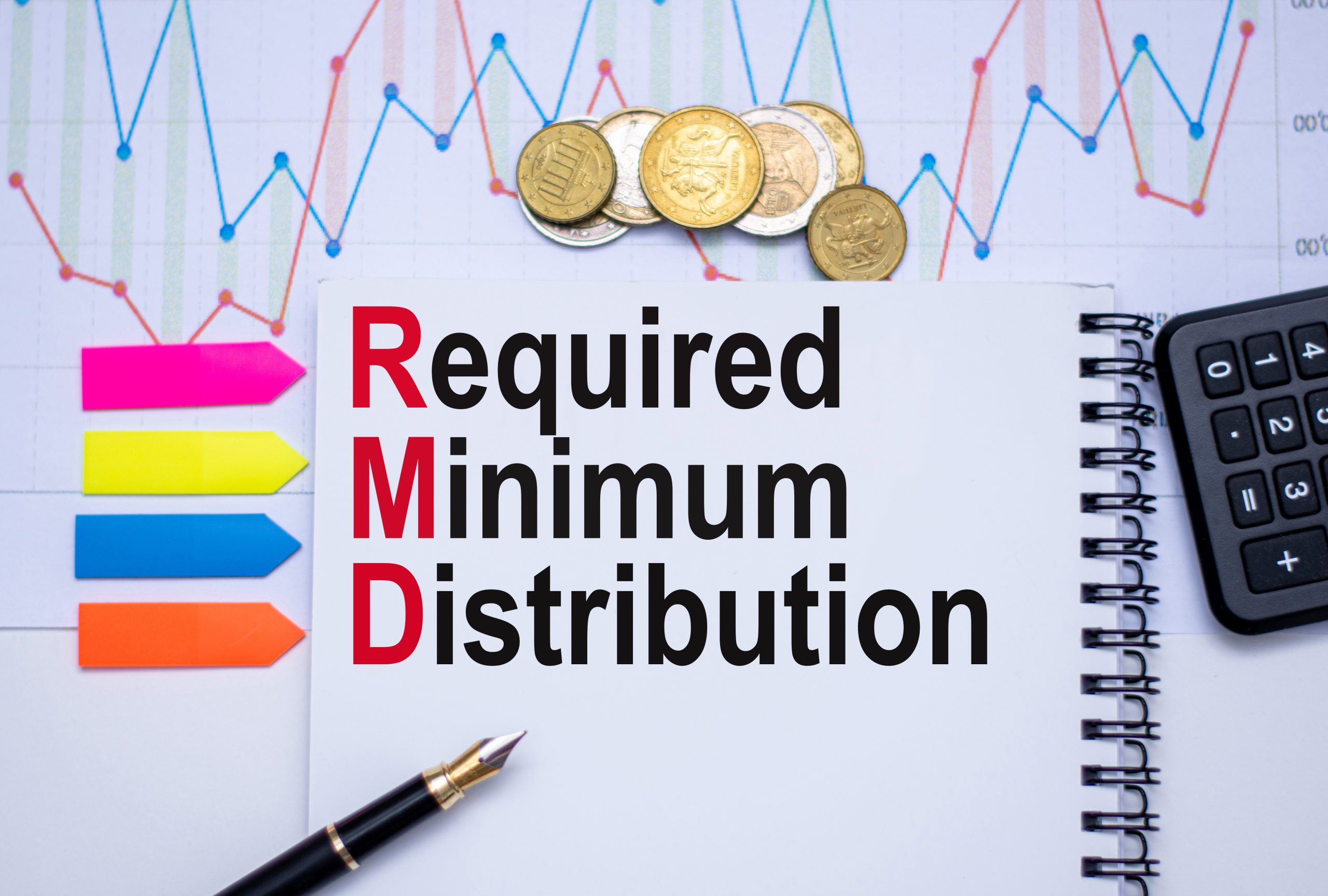As Financial Advisers, it is easy to get overly excited about financial changes that are made by the IRS. With that being said, the recent updates to Required Minimum Distributions (or RMD) affects anyone and everyone with retirement assets eventually. Prior to hitting the meat and potatoes, lets divulge into the vegetables.
To start, you may be asking what is an RMD? A Required Minimum Distribution or RMD is the amount that needs to be distributed annually from tax-deferred or retirement accounts once you have reached a certain age. Essentially these assets have yet to be taxed when the accounts are contributed to and grow tax deferred. You may be asking deferred till when? Well, upon distribution, these assets are taxed at ordinary income levels. The idea being these retirement assets grow and hopefully, when they are taxed during your retirement, you have a lower income tax-bracket than when you were working. Much like a tip for a lingering bellhop, the RMD makes sure that eventually, the IRS gets a piece of the action. This is calculated with a factor based on life expectancy being applied to your 12/31 retirement account value from the year prior.
Now for the mains. In November 2020, the IRA released new life expectancy tables containing new factors to be applied to RMDs beginning in 2022 and beyond. Fortunately, the new tables have a slight reduction to the factor used for calculating the RMD each year. This reduction in factor means a reduced RMD year over year thus allowing for the assets to continue to grow tax deferred within the retirement account. But wait… there’s more! Formally, the age RMDs began was 70 ½, however, the IRS has moved this date now to age 72. This is not to say if you need to take money from your retirement accounts you can’t prior to age 72, but it is not a requirement to do so. As long as you are 59 ½, retirement accounts are fair game.
The reasons these changes to the RMD benefit you, the investor, is that as mentioned before, retirement assets grow tax deferred. By reducing the factor applied during calculation of the RMD or deferring it till 72, more of those assets get to stay in that tax deferred bucket longer. As many savvy investors know, small incremental changes are incredibly helpful over the long run when striving for financial security or independence. Much like putting a small amount of money away for a rainy day (or retirement), it is nice that you won’t get completely soaked when you need to reach for that umbrella.



Social Media